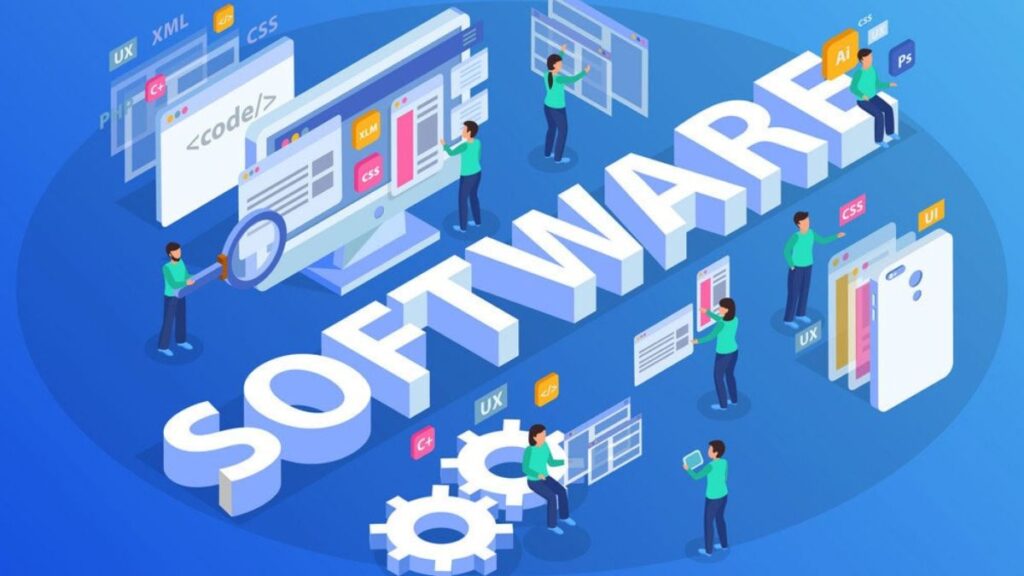In today’s hyper-competitive digital landscape, the difference between market leaders and followers often comes down to one critical factor: how well they understand and serve their users. While off-the-shelf solutions might seem like the prudent choice for cost-conscious executives, the reality is that cookie-cutter approaches rarely deliver the transformative experiences that drive sustainable growth and customer loyalty.
The most successful organizations recognize that exceptional user experience isn’t just a nice-to-have feature; it’s the cornerstone of competitive advantage. Custom software development represents a strategic investment in creating digital experiences that don’t just meet user expectations but fundamentally reshape how customers interact with your brand.
The Strategic Imperative of User-Centric Design
When we examine the companies that have consistently outperformed their peers, a common thread emerges: they’ve made deliberate choices to prioritize user experience over short-term cost savings. These organizations understand that every interaction a user has with their digital platforms is an opportunity to either strengthen or weaken the relationship.
Custom software development allows companies to architect solutions that align perfectly with their unique value propositions and customer needs. Rather than forcing users to adapt to generic interfaces and workflows, custom solutions adapt to users, creating intuitive experiences that feel natural and efficient.
This approach requires a fundamental shift in thinking. Instead of asking “What can we afford to build?” the question becomes “What do our users need to succeed?” This user-first mentality drives innovation and creates solutions that genuinely solve problems rather than simply digitizing existing processes.
Breaking Free from the Constraints of Generic Solutions
Generic software solutions are designed for the masses, which means they inevitably include features that don’t serve your specific needs while lacking capabilities that could differentiate your offering. This one-size-fits-all approach creates friction in user experiences and often forces organizations to compromise on their vision.
Custom development eliminates these constraints entirely. When you’re not bound by the limitations of pre-built software, you can create experiences that are perfectly tailored to your users’ mental models and workflows. This level of customization extends beyond surface-level aesthetics to encompass the entire user journey, from initial onboarding through advanced feature utilization.
The result is software that feels intuitive because it was designed specifically for your users’ context and challenges. Users don’t need to learn new paradigms or adapt their workflows; the software seamlessly integrates into their existing processes while enhancing their capabilities.
The Psychology of Engagement Through Personalization
Human psychology tells us that people are more engaged when they feel understood and valued. Generic software, by its very nature, treats all users the same way. Custom software can incorporate sophisticated personalization algorithms and user-specific interfaces that make each interaction feel tailored and relevant.
This personalization goes beyond simple customization options. It involves understanding user behavior patterns, preferences, and goals to create adaptive experiences that evolve with the user over time. When software learns from user interactions and becomes more helpful and efficient, it creates a positive feedback loop that increases engagement and loyalty.
The psychological impact of this approach cannot be overstated. Users develop emotional connections with software that seems to understand their needs and helps them achieve their goals more effectively. This emotional engagement translates directly into increased usage, higher satisfaction scores, and stronger brand loyalty.
Performance Optimization as a Competitive Advantage
In an era where users expect instant gratification, performance isn’t just a technical consideration; it’s a business-critical factor that directly impacts user satisfaction and conversion rates. Studies consistently show that even minor delays in loading times can significantly impact user engagement and revenue.
Custom software development allows for optimization strategies that simply aren’t possible with generic solutions. When you control every aspect of the codebase, you can implement performance enhancements specifically tailored to your use cases and user patterns. This might involve custom caching strategies, optimized database queries, or lightweight architectures designed for your specific traffic patterns.
The performance advantages of custom solutions become even more pronounced as your user base grows. While generic solutions often struggle with scale, custom solutions can be architected from the ground up to handle your specific growth trajectory and usage patterns.
Integration Capabilities That Create Seamless Experiences
Modern users don’t interact with software in isolation. They expect seamless integration between different tools and platforms, creating unified experiences that span multiple touchpoints. Generic software often creates silos that force users to manually transfer information between systems, creating friction and opportunities for errors.
Custom software development enables deep integration capabilities that can connect disparate systems in ways that feel natural and efficient to users. When working with best custom software development companies, organizations can create unified experiences that pull data from multiple sources while presenting it through intuitive interfaces that make complex operations feel simple.
These integration capabilities extend beyond just connecting existing systems. Custom software can serve as the central hub that orchestrates interactions between various tools, creating workflows that would be impossible with off-the-shelf solutions.
Security and Compliance as User Experience Factors
Security and compliance requirements are often viewed as constraints that limit user experience, but custom software development can turn these requirements into competitive advantages. When security measures are built into the user experience from the ground up, they can enhance rather than hinder usability.
Custom solutions can implement security protocols that are invisible to users while providing enterprise-grade protection. This might involve sophisticated authentication systems that use behavioral biometrics, seamless single sign-on implementations, or intelligent threat detection that operates in the background without disrupting user workflows.
For organizations in regulated industries, custom software can embed compliance requirements directly into user workflows, making it easier for users to maintain compliance while focusing on their primary objectives. This approach transforms compliance from a burden into a seamless part of the user experience.
Measuring Success Through User-Centric Metrics
The true value of custom software development becomes apparent when you examine user-centric metrics over time. Organizations that invest in custom solutions typically see improvements in user engagement, task completion rates, time-to-value, and overall satisfaction scores.
These improvements aren’t just incremental; they often represent step-function improvements that create sustainable competitive advantages. When users can accomplish their goals more efficiently and effectively, they’re more likely to become advocates for your platform and recommend it to others.
The measurement of success should extend beyond traditional metrics to include qualitative indicators of user satisfaction and engagement. This might involve regular user feedback sessions, usability testing, and behavioral analysis that provides insights into how well the software is serving user needs.
The Path Forward
Custom software development represents more than just a technology decision; it’s a strategic choice to prioritize user experience as a core business differentiator. Organizations that make this investment position themselves to create lasting relationships with users while building sustainable competitive advantages.
The key to success lies in partnering with development teams that understand both the technical aspects of software creation and the business implications of user experience decisions. When technology decisions are made with a deep understanding of user needs and business objectives, the results can be transformative.
As markets continue to evolve and user expectations continue to rise, the organizations that thrive will be those that view custom software development not as a cost center but as a strategic investment in their future growth and success. Devsinc exemplifies this approach, helping organizations create custom solutions that don’t just meet current needs but anticipate future challenges and opportunities.






